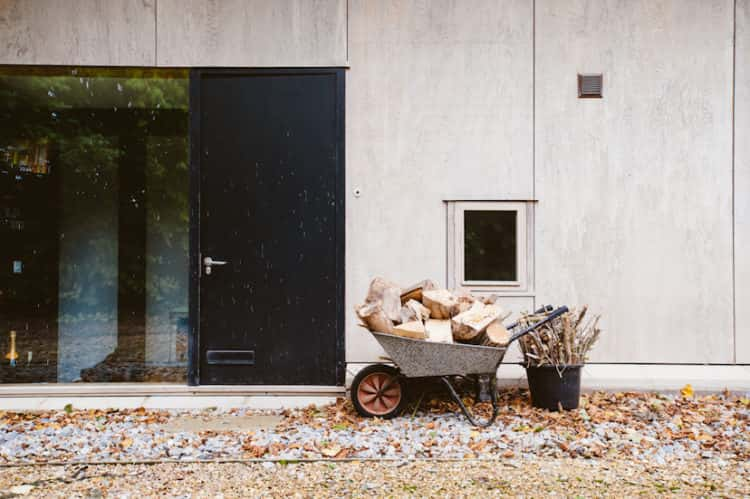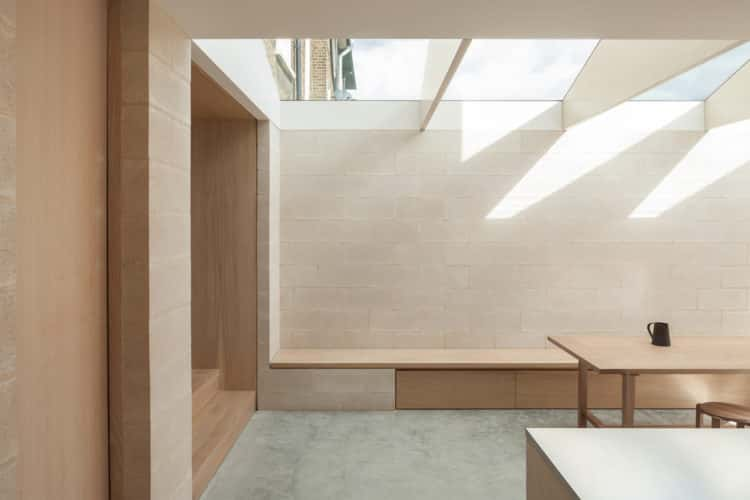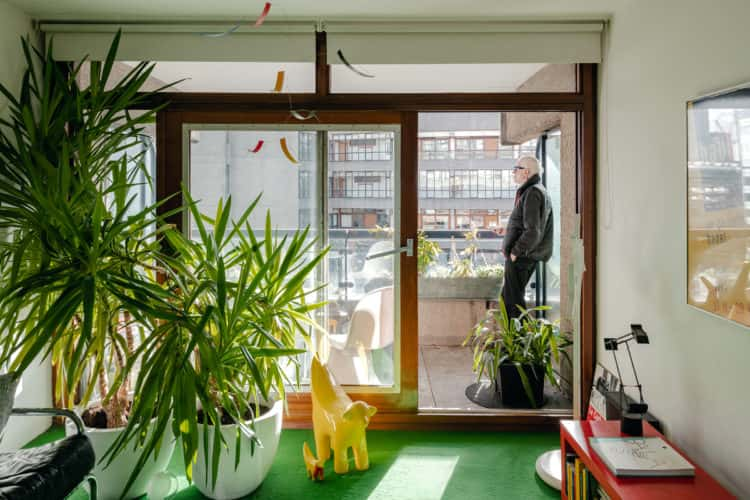Gardener’s Diary: what seeds to sow in February
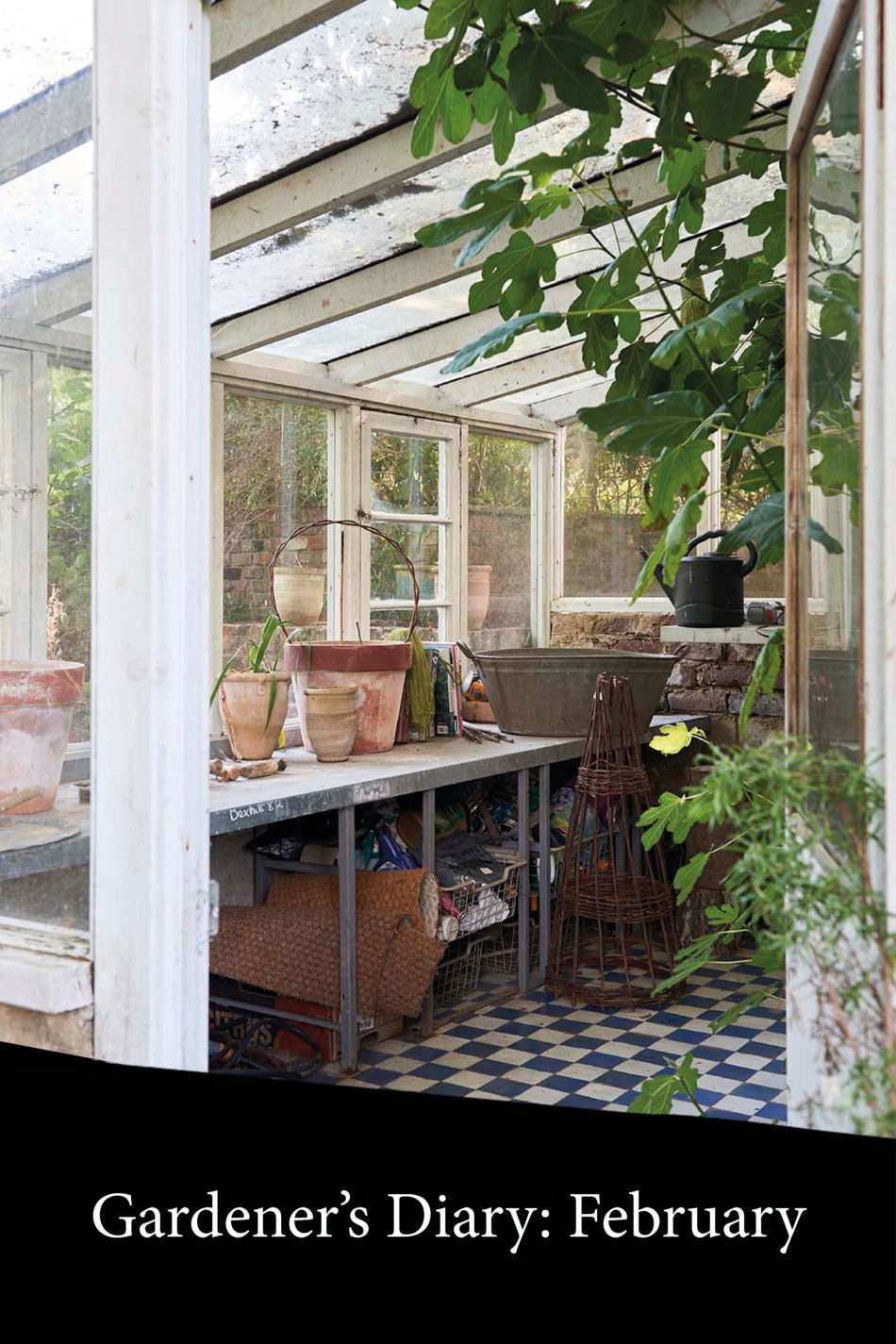
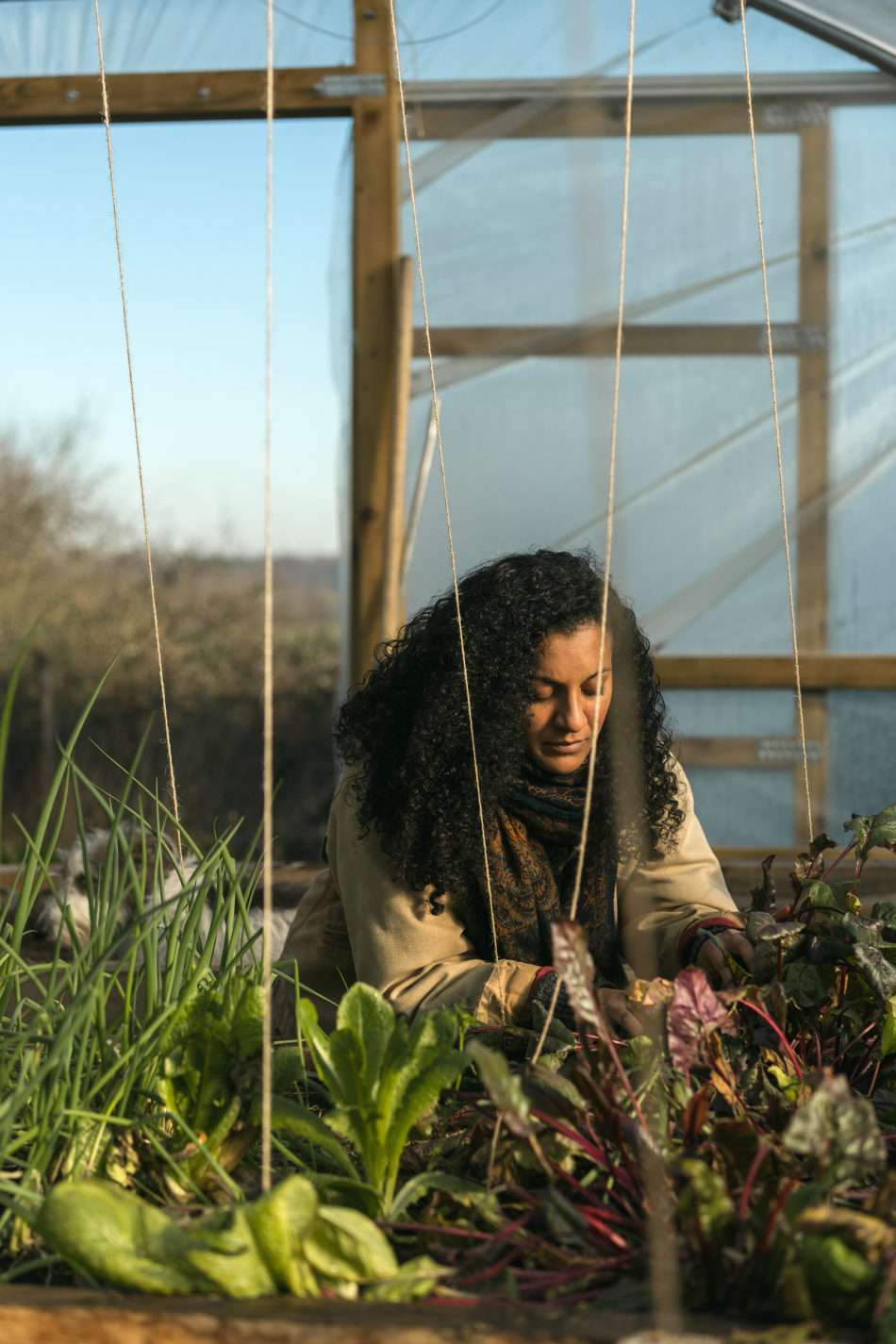
In our new Gardener’s Diary series, organic grower Claire Ratinon will be sharing her know-how for ensuring an abundant harvest at home. Here, she shares her tips on late-winter seed sowing for those of you who are keen to get a head start on the growing season.
It’s that time of year when you’ll start to notice the days getting a little longer. Morning frosts are still fairly likely, but the snowdrops and narcissus are starting to show themselves, promising that spring is waiting in the wings. This moment is ideal for pondering seed sowing. It’s one of the most captivating natural processes that we get to participate in, and a wonderfully gentle way to start the growing season
With
its cold temperatures and low levels of light, February can be a tricky time to
sow seeds. But with a heat mat or propagator as well as a grow light, it’s
possible to start the process of growing chillies, peppers, aubergines and
tomato plants. Giving them a head start is key to ensuring they have the time
they need to produce ripe fruit before the weather starts to cool again.
How to sow tomatoes, chillis, aubergines and peppers at home
Firstly, fill a tray with peat-free seed compost and gently compress the compost down.
Next sow your seeds. Conventional wisdom suggests you plant a seed at twice the depth of its size and since tomato and chilli seeds are fairly small, they only need a gentle nudge under the surface of the compost and a light press to ensure the seed makes contact with the moist growing medium. Sow your seeds a couple of inches apart so they have room to unfurl.
Give your filled trays a good soaking using a watering can with a rose so that the compost is moist through but not soggy.
Then place your seed tray in a heated propagator, on a seedling mat or in a warm airing cupboard covered with a clear, plastic bag to retain moisture. As soon as they have germinated, remove the plastic bag and place your tray on your warmest, sunniest windowsill or under a grow light.
Give your growing seedlings as much light as possible. If they’re on a windowsill, rotate your seedlings regularly to prevent them from becoming weak and leggy from stretching towards the sun.
Potting On
When your seedlings have two sets of true leaves (the ones that appear after the first two seedling leaves), it’s time to pot them on.
Prepare some 9cm pots filled with peat-free multipurpose compost and make a hole with your finger large enough to fit the seedlings roots.
Gently ease your seedlings out of the tray (I like to use a teaspoon for this) and position them in their new containers.
Most plants prefer to be potted into compost at the same soil level. The stem of tomato plants can be part buried as this will encourage them to grow a strong root system.Firm the plants into the compost carefully and give them a generous watering to ease the transition.
I’ve found that some chillies and peppers sulk after potting on but don’t despair, they’ll be upright and growing in a couple of days once they’ve adjusted to their new home!
Planting Out
The time to plant out depends on the weather where you live. Sun-loving plants won’t survive a freezing cold night so they should only assume their final positions well into spring after the last frost has long past.
In
the more southern parts of England, that tends to be from late April
onwards. If the weather is cooler where
you are, you can either start your seeds a little later or pot your young
plants on again, into slightly larger containers and keep them sheltered until
the conditions are right for them to brave life outdoors.
What else for late winter?
If you’re feeling brave, it is possible to get lettuce, peas, carrots, spring onions and beetroot off to an early start indoors or in sheltered positions, depending on the variety. I’m rarely so bold and generally wait until the first weeks of March to get these seeds tucked into compost.
It’s
also as good a time as ever to nourish your edible beds with a mulch of
compost. This will imbue the soil with
nutritious organic matter, feed the creatures that will improve your soil
structure and smother the weeds waiting to pop up. I’m a no-dig grower so I try my best to avoid
disturbing soil and mulching with compost is a key
component to this approach to growing.
Late
winter is a time of excited anticipation for the gardener. We allow ourselves
to hope for boundless harvests from the seeds we sow. Yet I prefer to take it
slowly still, to emerge from the cosy depths of winter hibernation bit by
bit. So, take the end of the chilly
months as gently as you can, the sunny days of soil and sweat are just around
the corner.
